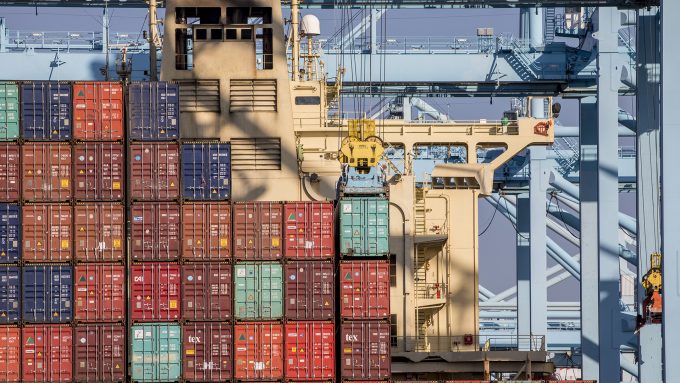Maersk vessel forced to omit Cape Town as congestion mounts
The port of Cape Town is facing significant congestion, which is set to worsen this ...

Drewry says it expects 2024 to be the second-highest year on record for dry freight container production, with manufacturers reporting full orderbooks.
Ocean carriers and container leasing companies have booked every available production slot until mid-October at Chinese manufacturers after second-quarter deliveries hit an all-time high and July output of dry freight and reefer containers exceeded 850,000 teu.
Driven by the longer transit times of liner services due to the Red Sea crisis – which requires ...
Semiconductors could compensate for air freight's lost ecommerce traffic
'It’s healthy competition' Maersk tells forwarders bidding for same business
Transpacific sees first major MSC blanks as rates fall and volumes falter
'Weakened' Maersk paying a heavy price for its lack of fleet growth
US shippers slam USTR port fee plan – 'an apocalypse for trade'
Opposition builds for final hearing on US plan to tax Chinese box ship calls
Despite sourcing shifts, 'don't write-off China', says CMA CGM CCO
Calling all shippers!
Please give us a minute of your time to answer the following questions:

Comment on this article